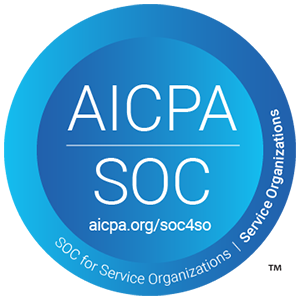
Staffing shortages, coupled with an aging population, are placing increasing demands on care managers, requiring them to do more with fewer resources. The good news? Innovative technology solutions, when effectively integrated, can help address these ongoing challenges in 2025.
The Sevida care management application is designed to empower care managers to maintain high-quality care even as their caseloads grow. By leveraging automation, streamlined workflows, and AI-driven tools, Sevida enhances efficiency, boosts productivity, and alleviates strain on care teams.
Here’s how Sevida can help your care management organization navigate these challenges:
1. Automating Member Outreach with Interactive Voice Response
Care managers often face the time-consuming challenge of reaching out to new members, a process prone to missed calls and delays. With limited staff and care managers focused on urgent needs, contacting new referrals can be slow, leaving members waiting for care.
Sevida’s Interactive Voice Response (IVR) system addresses this by automating the initial outreach and personalizing messages with the care manager’s voice, creating a more engaging, human-like experience.
- This automation saves up to 50% of the time typically spent contacting unresponsive members, freeing up resources for more pressing tasks.
- Care managers can focus their time on members who are ready to engage in care, leading to improved care outcomes and more efficient use of team resources.
- Check out our IVR post to learn more!
2. Task Management with Configurable Workflows
Increased caseloads can overwhelm care managers, and manually tracking multiple tasks and deadlines takes time. Sevida’s customizable workflows speed up this process, allowing care managers to spend more time accomplishing tasks, and less time planning.
- Automated reminders for tasks such as obtaining member consent, scheduling care team meetings, or completing assessments can be set, ensuring all critical steps are completed on time.
- If multiple high-priority tasks arise simultaneously, an AI algorithm steps in to assess their urgency and calculates a priority score for each task.
- Staff can stay on top of their responsibilities without relying on memory or manual tracking, ultimately boosting productivity and ensuring timely care.
- You can learn more about workflow tasks in this post.
3. Leveraging Analytics to Increase Staff Efficiency
Sevida’s Operational Efficiency Analytics Dashboard provides care manager supervisors with real-time, data-driven insights to ensure the team is operating as efficiently as possible. It breaks down key metrics such as caseload distribution, care plan progress, assessment completion, and consent status, giving supervisors a clear view of team performance.
- Supervisors can quickly identify if a care manager is overloaded and take action.
- This enables timely caseload reassignments, prioritization of critical tasks, and ensures no member’s care is neglected.
- To learn more about how data-driven insights can improve your team’s performance, check out this post.
Conclusion
These are just a few ways Sevida helps care management organizations tackle staffing shortages. As caseloads grow and staff availability remains a challenge, Sevida enables care teams to work smarter—not harder—while maintaining the high-quality care that members deserve. Imagine the hours saved by leveraging these powerful features.
By automating outreach, streamlining workflows, and providing actionable data insights, Sevida empowers teams to operate more efficiently and enhance care delivery. With Sevida, organizations can optimize resources, improve outcomes, and meet the rising demand for services—helping care teams do more with less.

